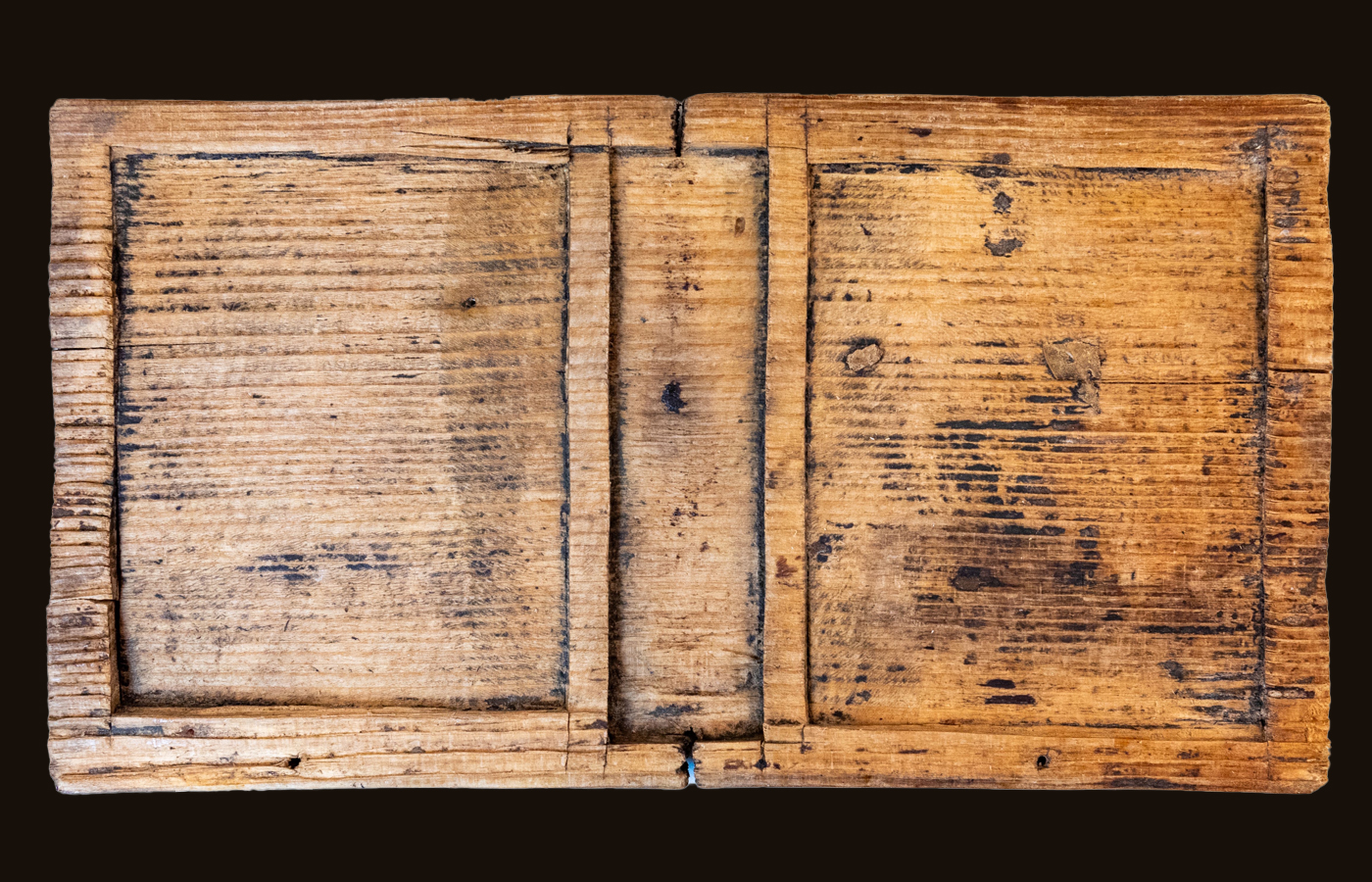Archaeologists from the National Institute for Preventive Archaeological Research (INRAP) have unearthed a rare collection of wooden writing tablets dating from the Roman period.
The discovery was made in Izernore, a commune in the Ain department of eastern France.
Known as Isarnodurum during the Roman period, the civitas occupied a strategic position along trade routes connecting Lugdunum (modern Lyon) to the Alpine passes and northern Italy.
Previous studies have identified public and domestic buildings, workshop areas, a large Roman temple (thought to be a sanctuary dedicated to Mars), and a bathing complex.
In the latest excavation season, INRAP archaeologists explored several ancient wells, revealing a collection of wooden artefacts, including fifteen writing tablets preserved by the dark, waterlogged, and low-oxygen conditions.
Writing tablets were used as a form of communication, record-keeping, and education across the empire. Typically made of wood, they consist of flat panels with shallow recesses filled with wax. Text was written into the wax using a pointed metal stylus, allowing the writer to inscribe and then smooth out mistakes with the stylus’s flat end.
Also found are everyday objects such as combs, spindle whirls, small boxes known as pyxes, and the wooden sole of sculponae type shoes (shoes with a wooden sole to which a piece of leather is attached).
“This type of sole is extremely rare in the Roman world. It corresponds to a current size 27 (EU Size), left foot, for a child of approximately 4 to 5 years old.”
The Izernore Archaeological Museum and INRAP will be presenting their discoveries in a new exhibition – “Well of Knowledge, 240 Years of Excavations in Izernore”
Header Image Credit : INRAP
Sources : National Institute for Preventive Archaeological Research





